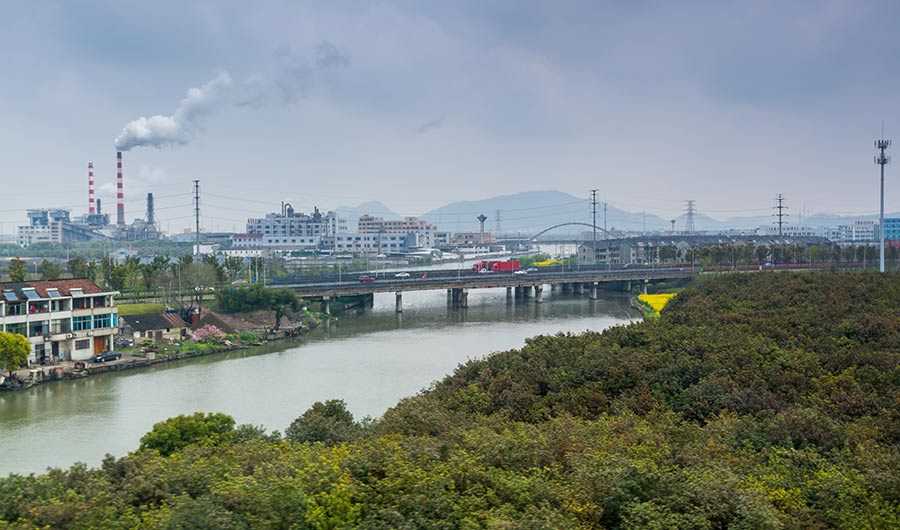BRIEF: Ozone Layer May Face New Threat

Credit Victor Jiang via Shutterstock
(Inside Science) -- The ozone layer, once dangerously thin in spots, has been slowly healing in recent years, thanks in large part to a 1987 treaty called the Montreal Protocol. That agreement required countries to phase out the most dangerous ozone-destroying chemicals, allowing the planet's protective UV shield to rebuild.
But the Montreal Protocol left out a group of chemicals that researchers thought at the time were too short-lived to pose a threat. Now, production of those chemicals is on the rise in East Asia, and new research suggests that seasonal air currents may carry them high enough to damage the ozone layer.
The ozone layer sits about 6 to 10 miles above Earth's surface in a region called the stratosphere. Previous research has suggested that during the Northern Hemisphere winter, cold surges rapidly suck polluted air from China and other parts of continental East Asia into the tropics, where it can be pushed up into the stratosphere. The new study added weight to this hypothesis, using air samples collected from ground level in Taiwan and Malaysia and from airplanes flying over Southeast Asia.
Both on the ground and at altitudes of 7 miles, the researchers found startlingly high levels of several ozone-destroying chemicals that typically degrade within six months. One of these was a chemical called dichloromethane, which is used as a solvent, degreaser and paint stripper. Dichloromethane pollution has risen by about 60 percent worldwide over the past decade, according to past research.
In a more surprising finding, the researchers also measured high concentrations of a chemical known as 1,2-dichloroethane. Dichloroethane is used to produce the common plastic PVC, but not typically in ways one would expect to release large amounts of the chemical into the air -- particularly given that it is highly toxic, according to the researchers.
Together, the findings suggest that short-lived pollutant concentrations could increase in the stratosphere in coming years, once more endangering the ozone layer, according to the authors. They published their findings today in Atmospheric Chemistry and Physics.

